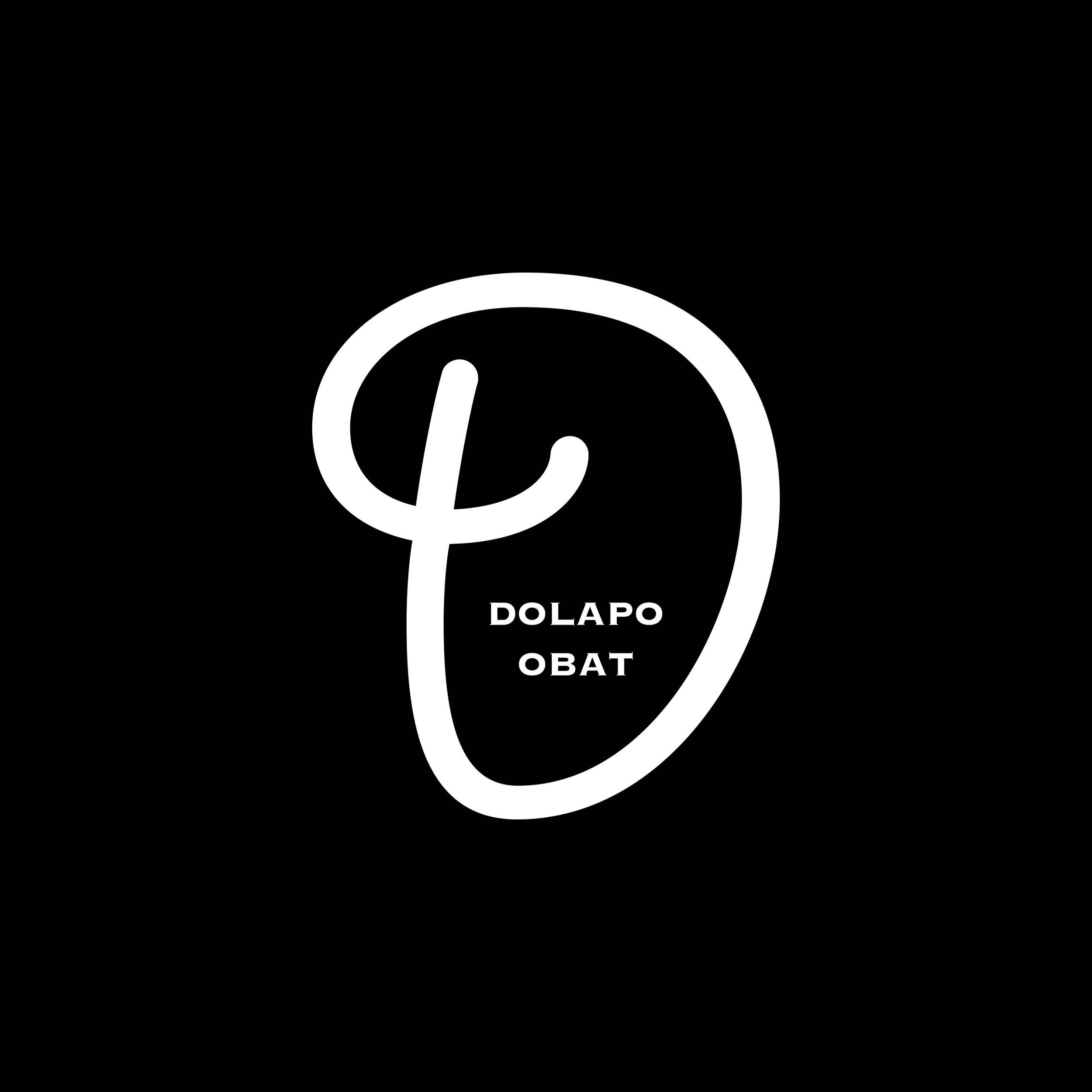Afrofeminism and Gender Equality in West African Art
Afrofeminism, a dynamic sub-movement within the broader feminist spectrum, stands as a powerful advocate for the experiences, struggles, and empowerment of Black women across Africa and the African diaspora. Amidst the vibrant cultural tapestry of West African art, Afrofeminism emerges as a transformative force, challenging traditional gender roles, championing gender equality, and amplifying the voices of marginalized women. In this exploration, we delve into the captivating world of West African art, where Afrofeminism and gender equality converge to create narratives of resilience, identity, and empowerment.
Historical Context
The canvas of West African art is richly woven with cultural, social, and political threads, often mirroring traditional norms and values. Historically, art in this region has often perpetuated gender roles, portraying women in domestic settings while elevating men to positions of power. However, in the contemporary West African art scene, artists have seized the opportunity to reimagine these narratives through the lens of Afrofeminism.
Themes in Afrofeminist Art
Identity and Representation: Afrofeminist artists embark on a profound quest to challenge Eurocentric beauty standards that have long cast a shadow on authentic African beauty. Through their works, they celebrate the vast spectrum of West African women's experiences, highlighting stories of triumph, resilience, and achievement.
Gender Fluidity and Intersectionality
Contemporary West African art is a dynamic terrain where gender fluidity and intersectionality bloom. Artists here courageously dismantle the confines of binary gender constructs. They weave tales acknowledging that gender inequality is not an isolated struggle; it intersects with factors such as race, class, and sexuality.
Resistance and Empowerment: With strokes of creativity, Afrofeminist art becomes a formidable tool for resistance against patriarchy and multifaceted oppression. It embodies visual narratives brimming with symbolism, offering empowering portrayals of women, and promoting the ideals of gender equality.
Artistic Mediums: West African artists harness a diverse array of artistic mediums to channel Afrofeminist perspectives, including:
Painting and Sculpture: The visual arts, encompassing painting and sculpture, become powerful canvases to challenge ingrained gender norms and to celebrate the essence of womanhood.
Photography: Skilled photographers capture the unvarnished, lived experiences of West African women, weaving visual stories of strength, resilience, and the everyday struggles they endure.
Performance Art: The stage becomes a platform for challenging societal norms through expressive forms like dance and theatre, facilitating narratives that revolve around gender and related themes.
Prominent Afrofeminist Artists in West Africa:
Njideka Akunyili Crosby (Nigeria): Renowned for her intricate mixed-media artworks, Crosby delves deep into themes of identity, belonging, and gender, offering a fresh perspective that challenges traditional notions.
Zanele Muholi (South Africa): While not from West Africa, Muholi's compelling work on LGBTQ+ rights and gender issues resonates deeply with the broader Afrofeminist movement.
Doxa Otabo (Ghana): Otabo, a feminist artist, wields her paintbrush to challenge entrenched gender norms and to spotlight the empowerment of women through her thought-provoking paintings.
Challenges and Opportunities: In the ever-evolving realm of Afrofeminist art in West Africa, there are significant challenges to address:
Limited Representation: Female artists still grapple with underrepresentation in the art world, necessitating robust support and promotion of their work.
Conservative Societal Norms: Some segments of West African societies, deeply rooted in conservative traditions, may resist Afrofeminist art that challenges entrenched gender roles.
Access to Resources: Many artists, particularly women, face daunting obstacles when attempting to access the resources and platforms required to showcase their work.
Yet, amidst these challenges, numerous opportunities emerge:
Digital Platforms: The digital era and the omnipresence of social media offer artists a global audience and an unparalleled platform to share their work, connect with kindred spirits, and raise awareness.
Collaborations: Collaborations between artists, activists, and organizations can amplify the impact of Afrofeminist art, expanding its reach and influence.
Education and Advocacy: Art, a universal language, is a potent tool for educating communities about gender equality, sparking dialogue, and fervently advocating for change.
Conclusion: Within the vibrant tapestry of West African art, Afrofeminism serves as a beacon, boldly challenging traditional gender norms, relentlessly promoting gender equality, and powerfully empowering women. Through a breathtaking array of mediums and narratives, Afrofeminist artists contribute to a broader discourse on gender and social justice, fostering a more inclusive and equitable society in West Africa and beyond. Their work not only challenges the status quo but also celebrates the boundless resilience and strength of West African women, affirming that their voices will forever resonate in the world of art and beyond.

